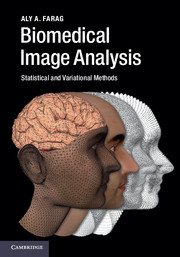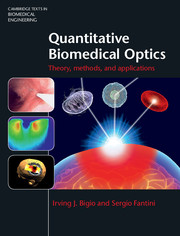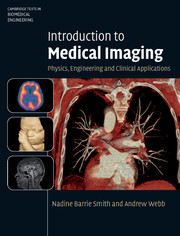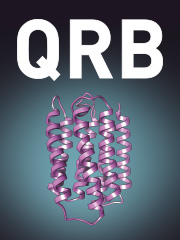Biomedical Image Analysis
Ideal for classroom use and self-study, this book explains the implementation of the most effective modern methods in image analysis, covering segmentation, registration and visualisation, and focusing on the key theories, algorithms and applications that have emerged from recent progress in computer vision, imaging and computational biomedical science. Structured around five core building blocks - signals, systems, image formation and modality; stochastic models; computational geometry; level set methods; and tools and CAD models - it provides a solid overview of the field. Mathematical and statistical topics are presented in a straightforward manner, enabling the reader to gain a deep understanding of the subject without becoming entangled in mathematical complexities. Theory is connected to practical examples in x-ray, ultrasound, nuclear medicine, MRI and CT imaging, removing the abstract nature of the models and assisting reader understanding.
- Requires no advanced mathematics beyond a basic understanding of probability theory and calculus
- Includes detailed descriptions of how to work with Markov models, key to some of the most complicated but effective approaches
- Brings together recent advances from the fields of mathematics, physics, engineering, computer science and the life sciences
Product details
October 2014Adobe eBook Reader
9781139989138
0 pages
0kg
200 b/w illus.
This ISBN is for an eBook version which is distributed on our behalf by a third party.
Table of Contents
- 1. Overview of biomedical image analysis
- Part I. Signals and Systems, Image Formation, and Image Modality:
- 2. Overview of two-dimensional signals and systems
- 3. Biomedical imaging modalities
- Part II. Stochastic Models:
- 4. Random variables
- 5. Random processes
- 6. Basics of random fields
- 7. Probability density estimation by linear models
- Part III. Computational Geometry:
- 8. Basics of topology and computational geometry
- 9. Geometric features extraction
- Part IV. Variational Calculus and Level Set Methods:
- 10. Variational approaches and level sets
- Part V. Image Analysis Tools:
- 11. Segmentation – statistical approach
- 12. Segmentation – variational approach
- 13. Basics of registration
- 14. Variational methods for shape registrations
- 15. Statistical models of shape and appearance.






